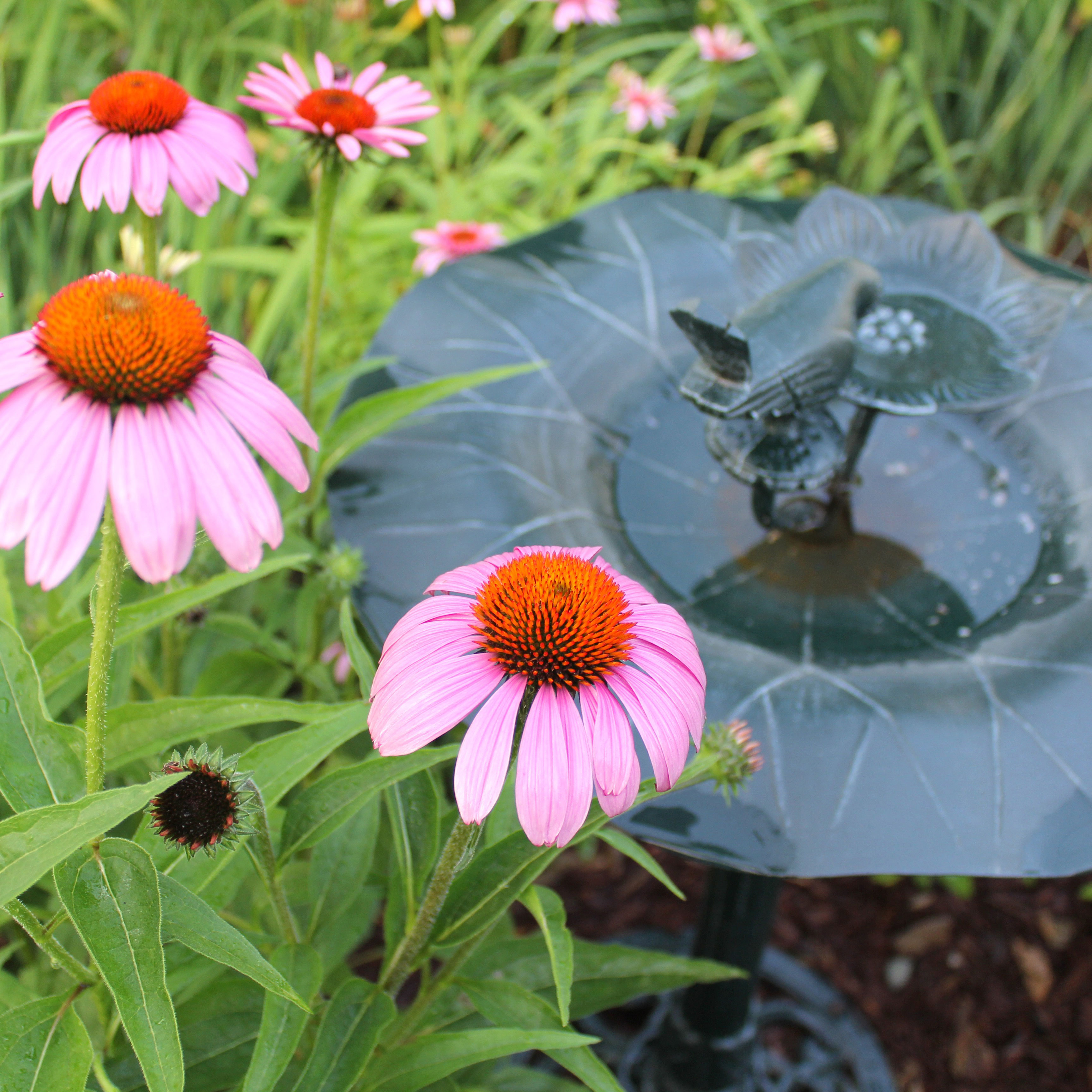Beneficial Garden Friends
Pollinators, beneficial insects, and wildlife all play key roles in sustainable gardening. Did you know possums are actually good for your yard? Or how bees see flowers? Here you’ll find articles running the gamut from how to start a pollinator garden to how to use chickens as organic pest control.
-
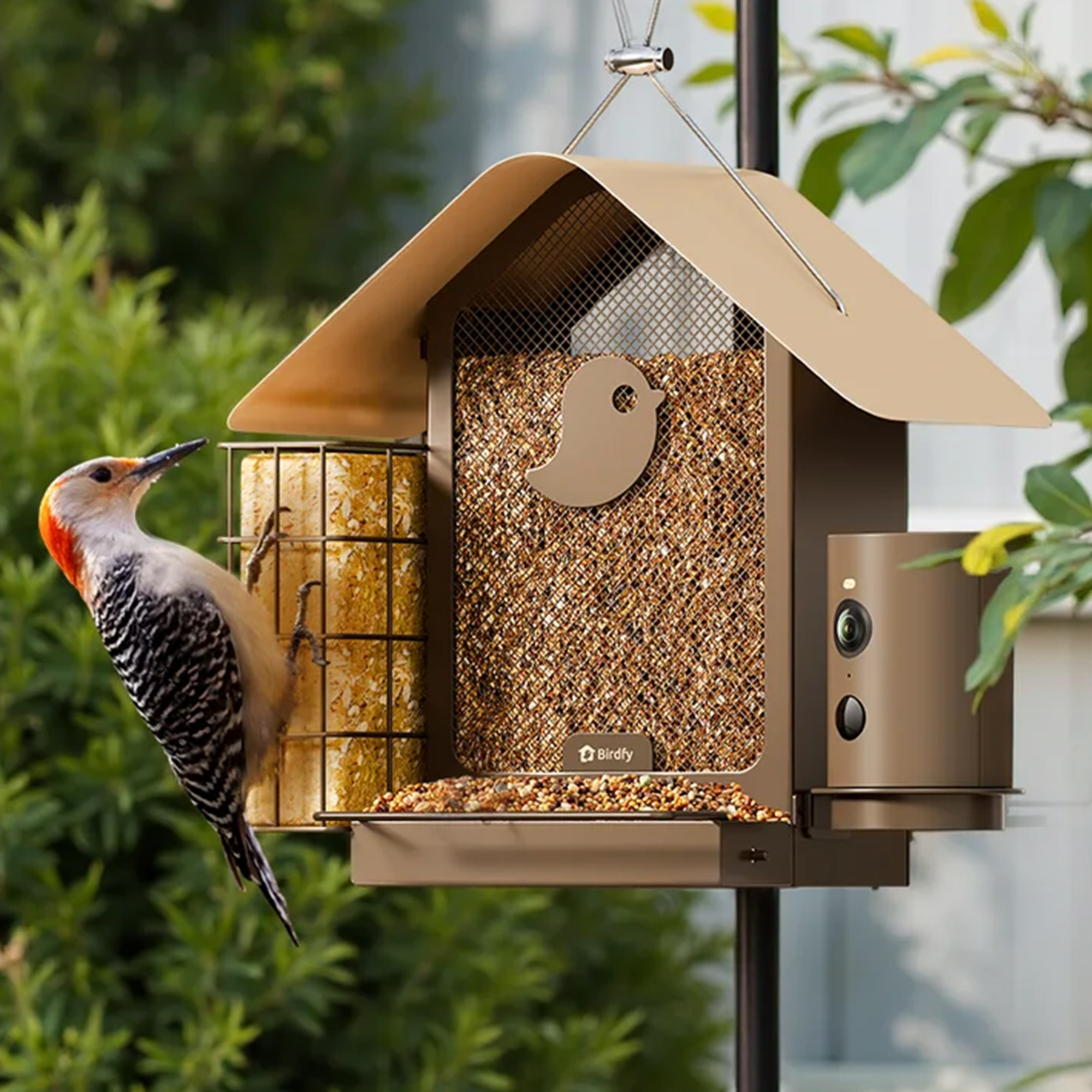
Gardeners Are Obsessed With This Chic Smart Bird Feeder – And Right Now, It’s $140 Off
Stop missing those fleeting encounters! This smart gadget delivers high-resolution footage straight to your phone – and it’s $140 off for a limited time.
By Allie Kerkhoff
-
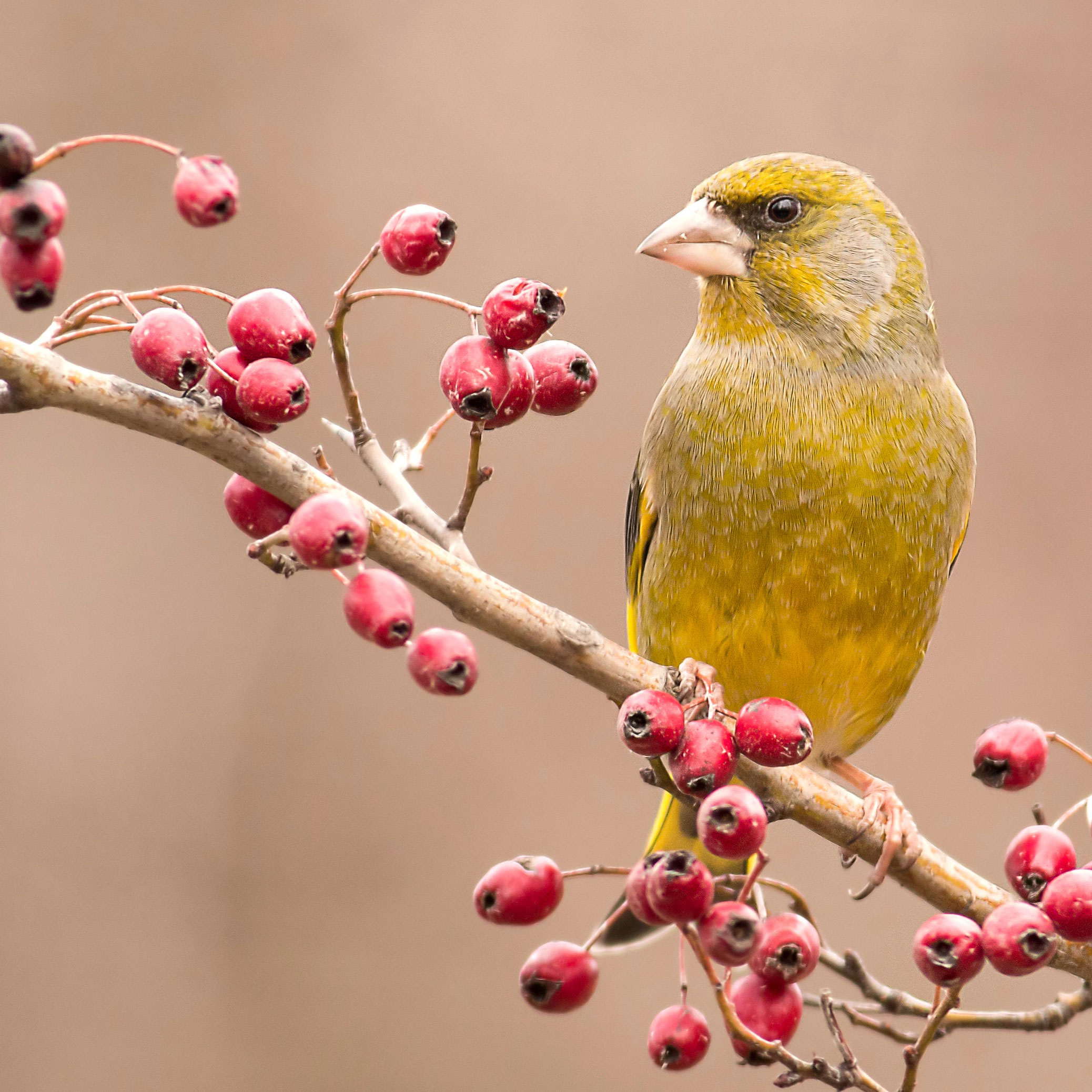
5 Bird-Magnet Shrubs for Containers – For Bright Native Berries and Happy Wildlife in Winter
When the garden goes quiet, these vibrant winter berry shrubs burst with color and life. Grow these bird friendly shrubs for containers and you'll give your local wildlife a genuine winter treat
By Mary Ellen Ellis
-
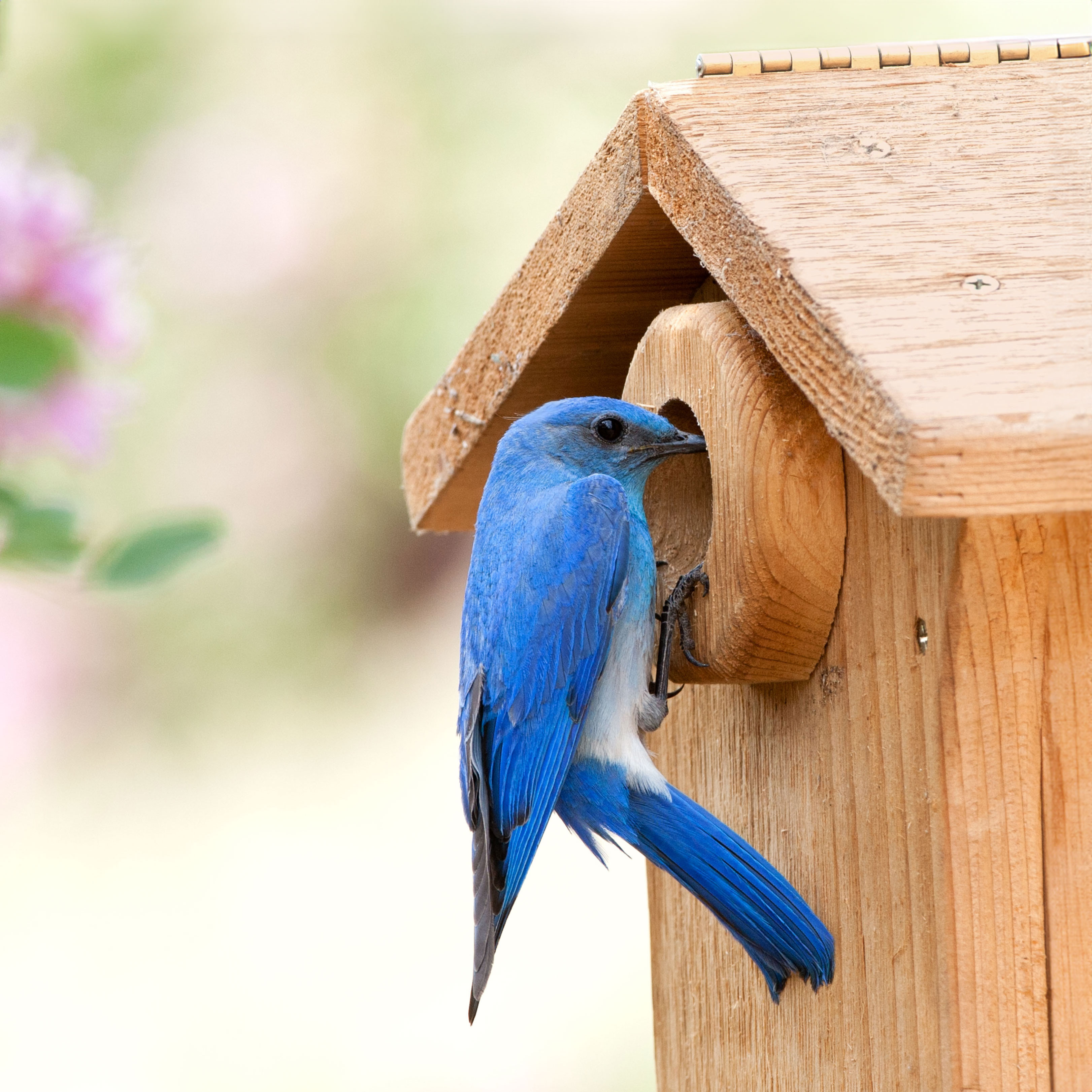
Fall is the Best Time to Add a Bird House – And These 6 Stylish Camera Designs Let You Watch Birds Get Cozy Inside
Your garden might be winding down, but for local birds, fall is a key time to scout out nesting options. Here are the most charming bird house with camera combos for a front row seat of your favorite wildlife
By Janey Goulding
-
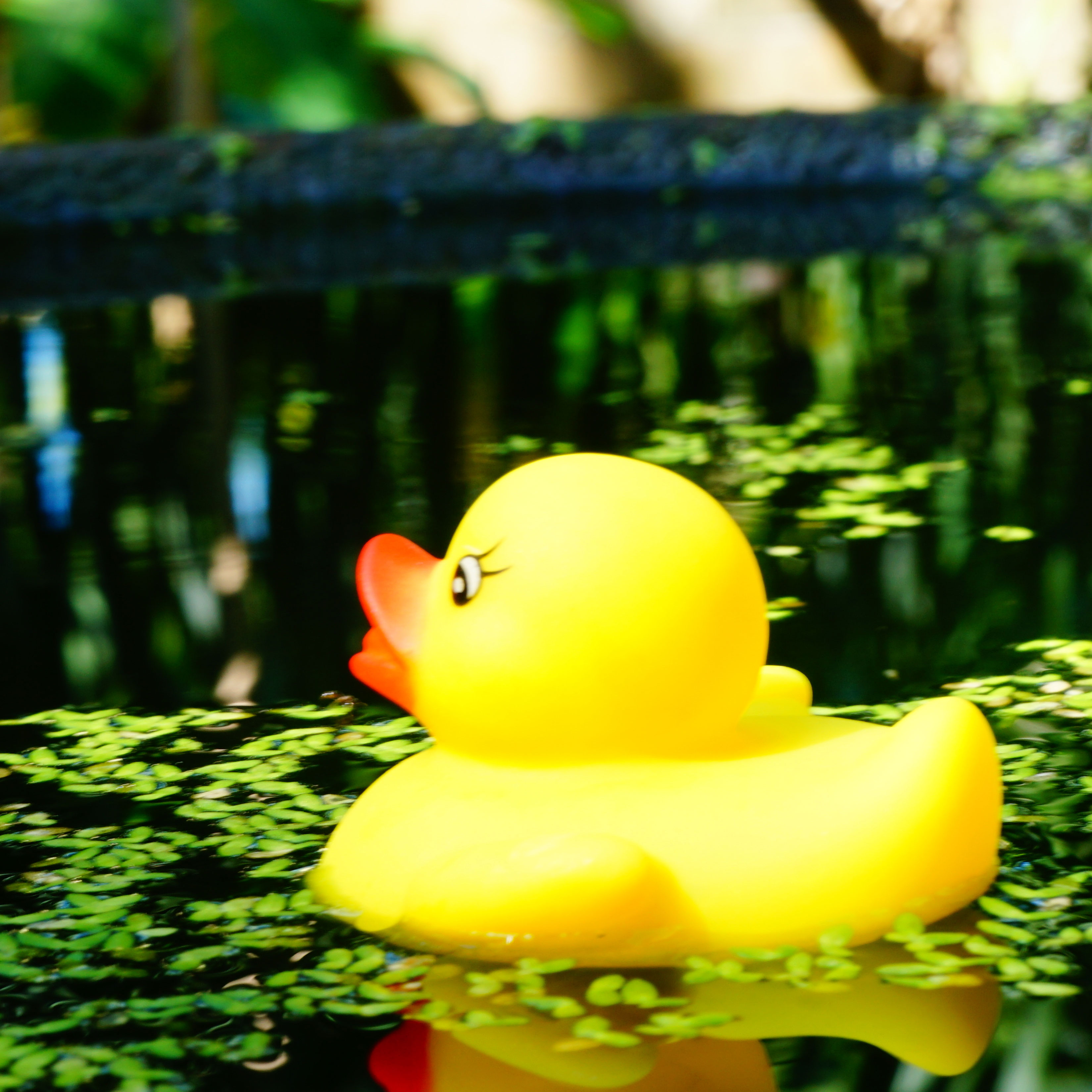
The Rubber Duck Hack You Never Knew Your Garden Needed – And Why It Will Save Your Bird Bath This Winter!
Want to stop your bird bath from freezing? Try this winter bird bath hack with a rubber duck to keep your feathered friends hydrated and happy during frost season
By Janey Goulding
-
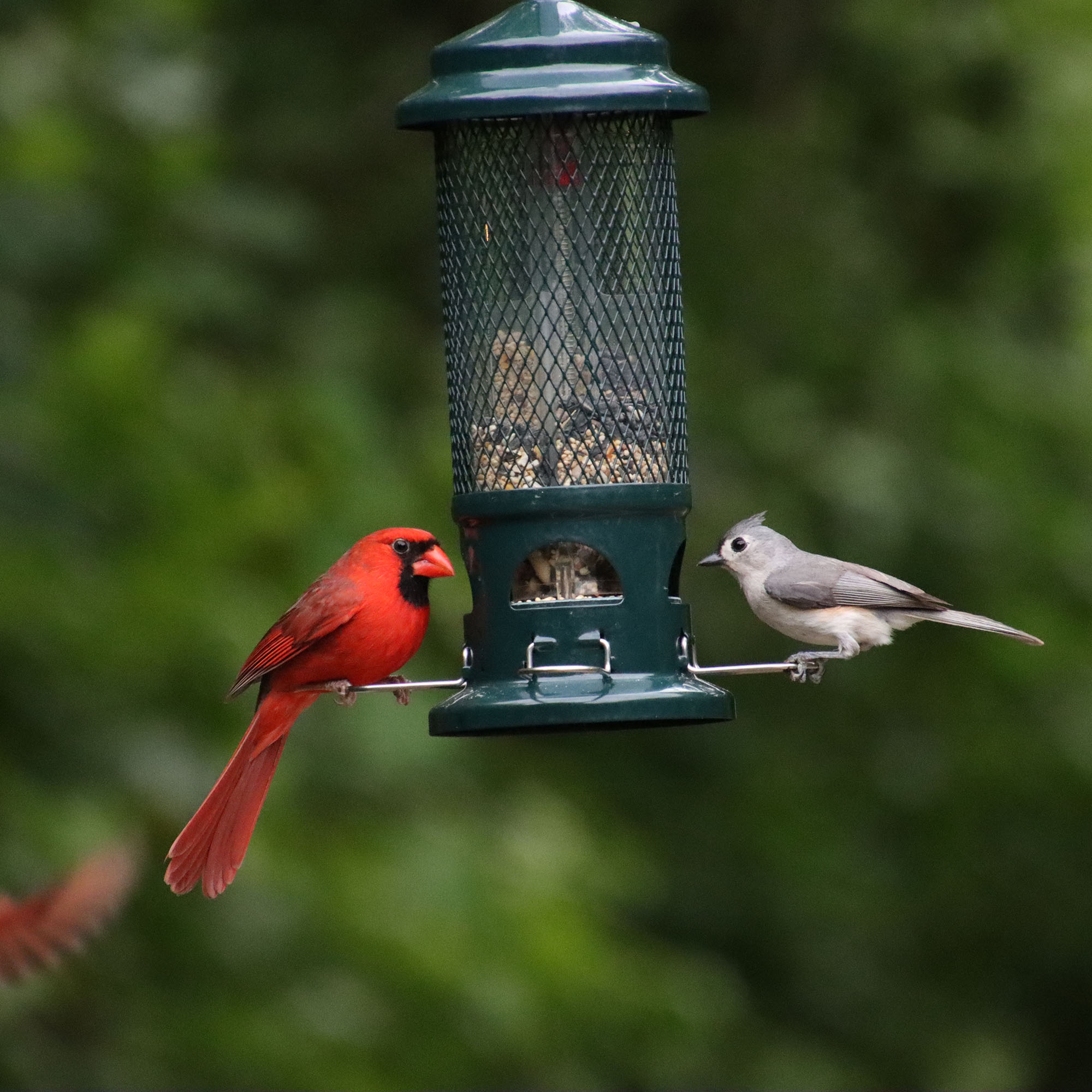
5 Bird Feeder Cameras Every Garden Needs in 2026 (and Why Birds Love Them)
Say hello to the smart gardening gadget taking over our social feeds and transforming our yards into luxury bird hotels…
By Kayleigh Dray
-
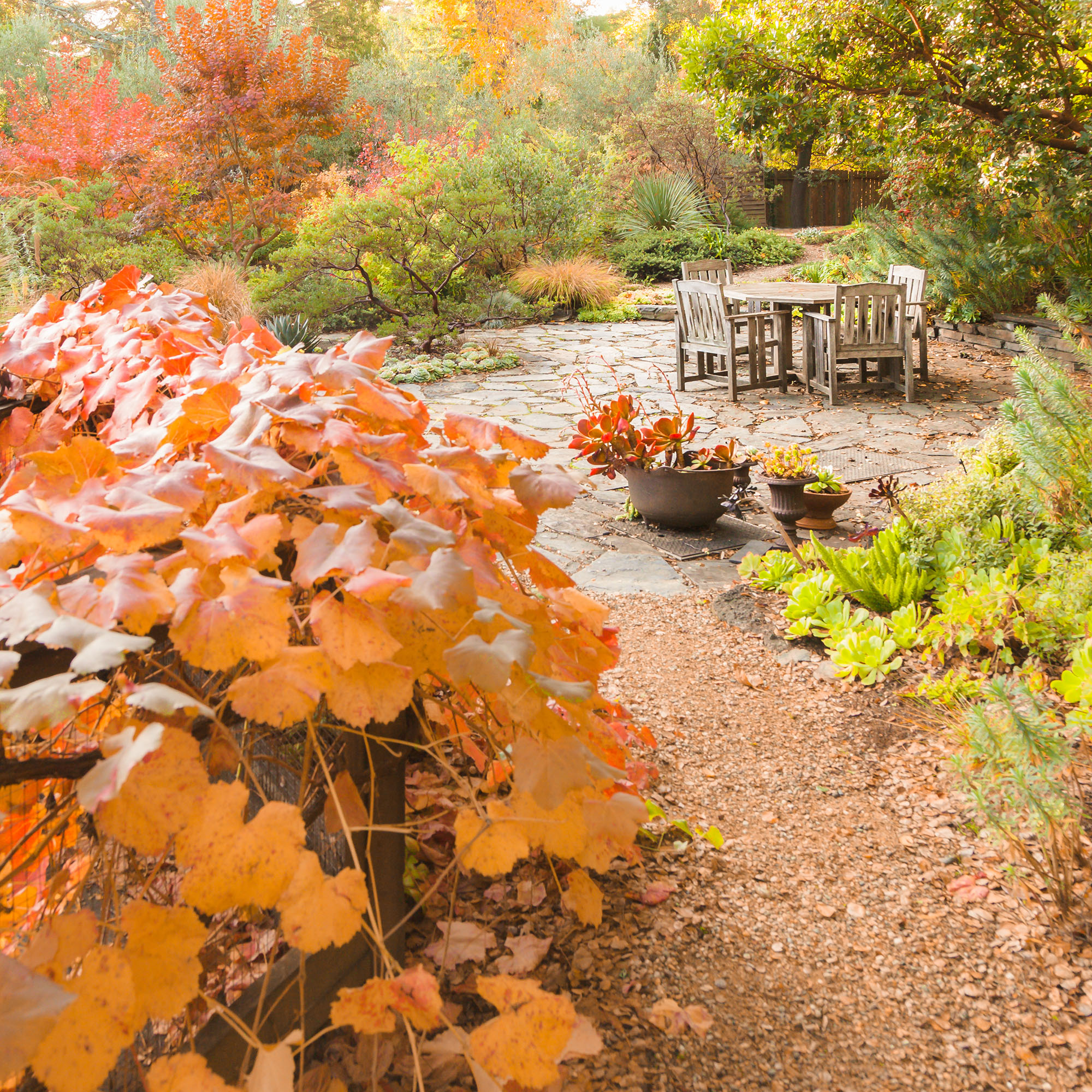
5 Things Most Gardeners Forget About in September – But Pollinators Need Them to Survive
Don’t overlook these September garden jobs. They’re simple, easy, and give pollinators the late-season boost they need.
By Kayleigh Dray
-
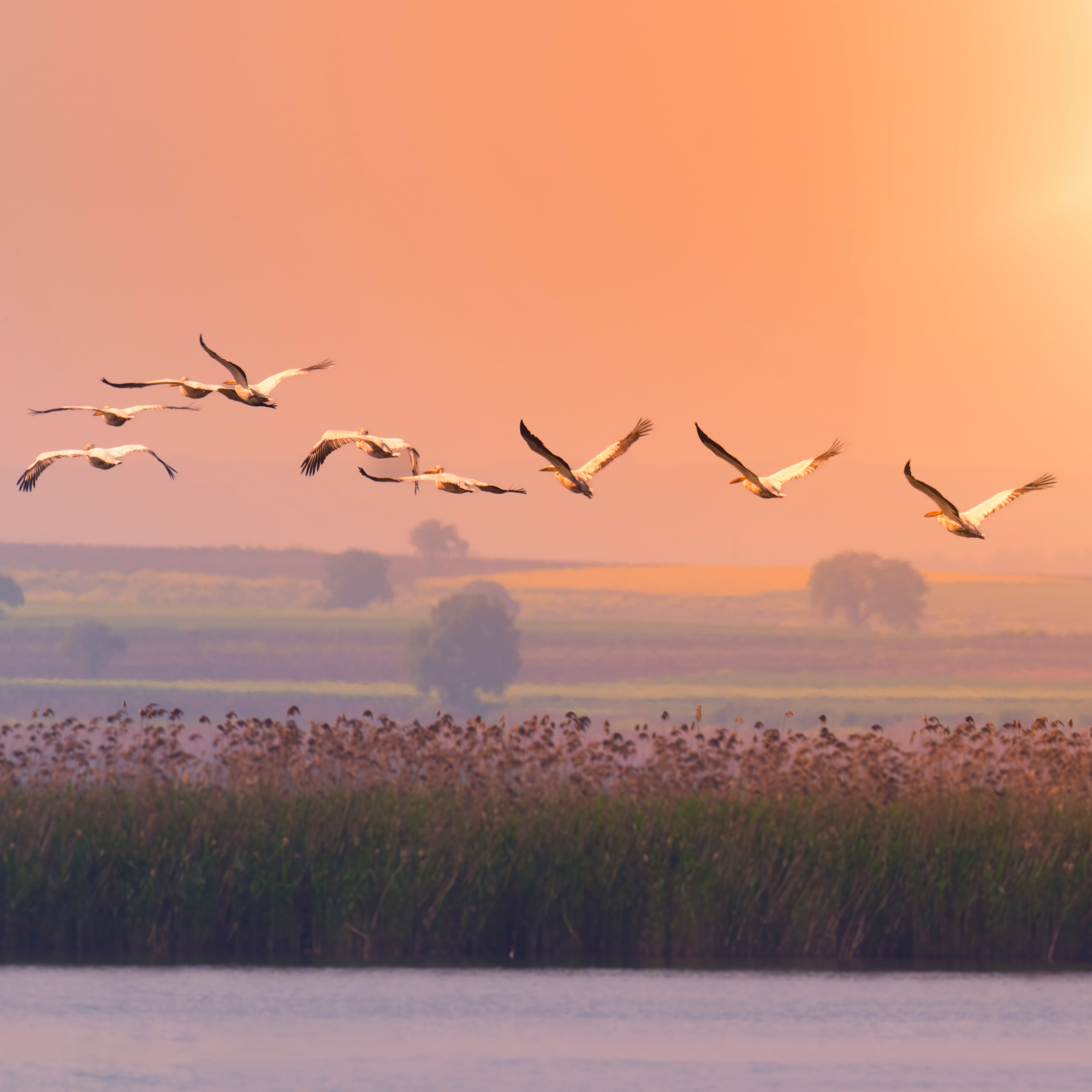
All About Fall Bird Migration: Why Birds Fly South After Summer & Which Ones to Watch for This Fall
As the fall bird migration begins, let's explore why they are flying south and how you can help them on their journey by making your garden more bird-friendly.
By Teo Spengler
-
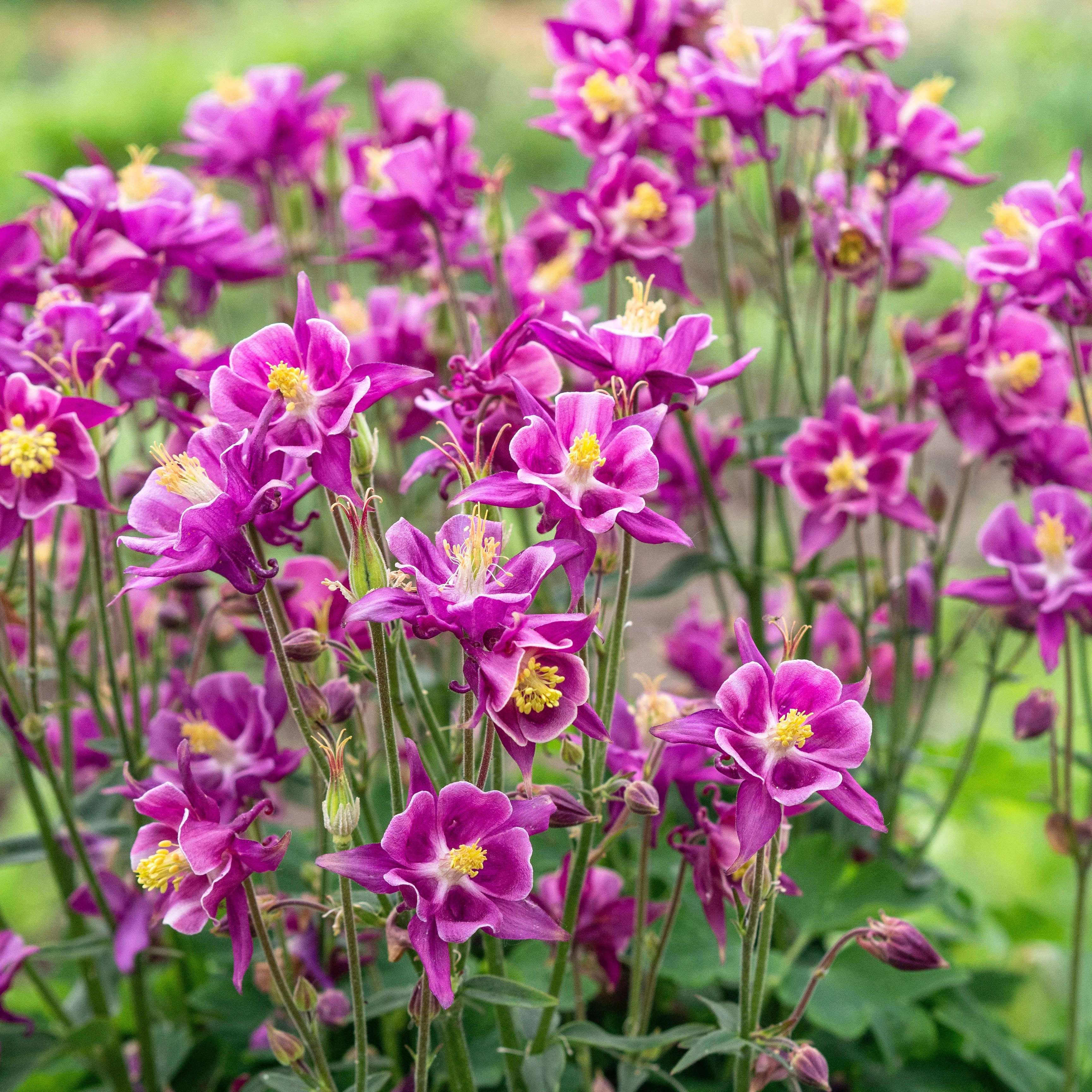
Hummingbirds Adore These 7 Native Plants and so Will You – Grow These Low-Maintenance Flowers to Keep Hummers Happy
For hummingbird-friendly plants and flowers that are easy to establish and maintain, you need to go native. Here are the best native plants for hummingbirds
By Teo Spengler
-
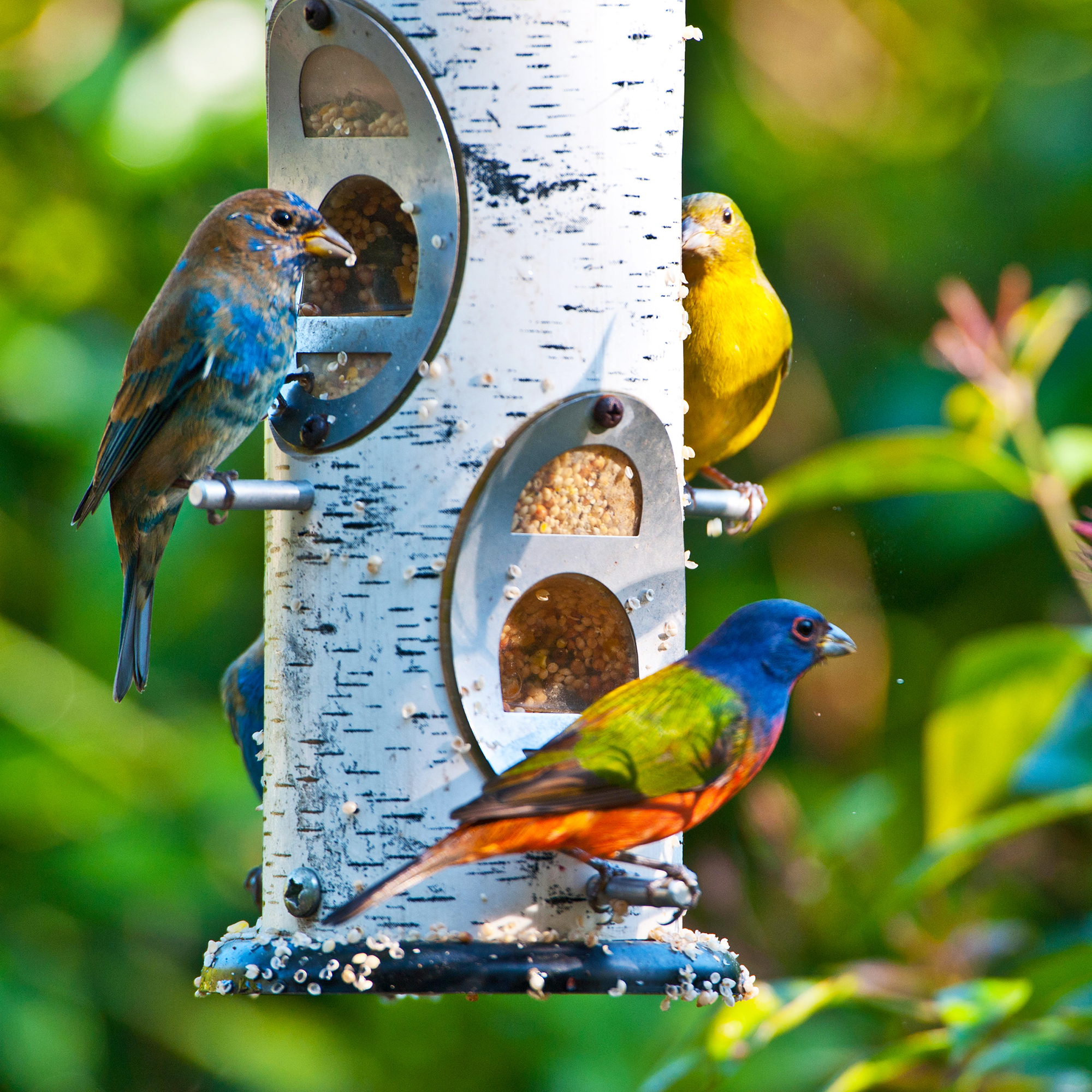
Late Summer is Tough on Birds – These 6 Vital Feeding Tips Will Help Them Make it Through Hard Times Ahead
Give garden birds a helping hand with these essential tips to ensure they can feed and drink in safety.
By Teo Spengler
-
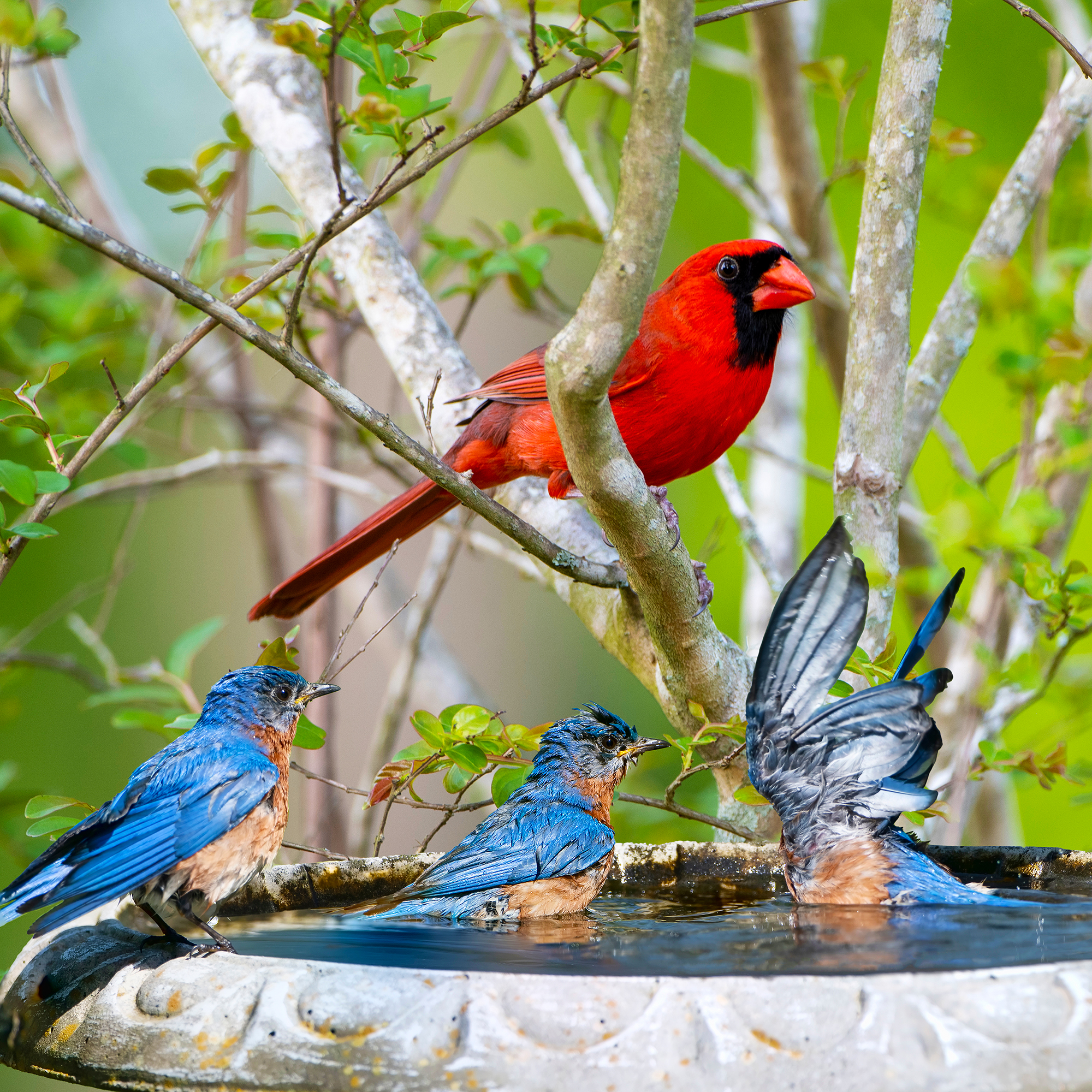
Bird Bath Placement Matters More Than You Think – Avoid These 3 Common Spots That Keep Birds Away
Make your garden a safe haven for visiting birds by choosing the perfect spot for a bird bath that will keep them coming back all year long.
By Melanie Griffiths
-
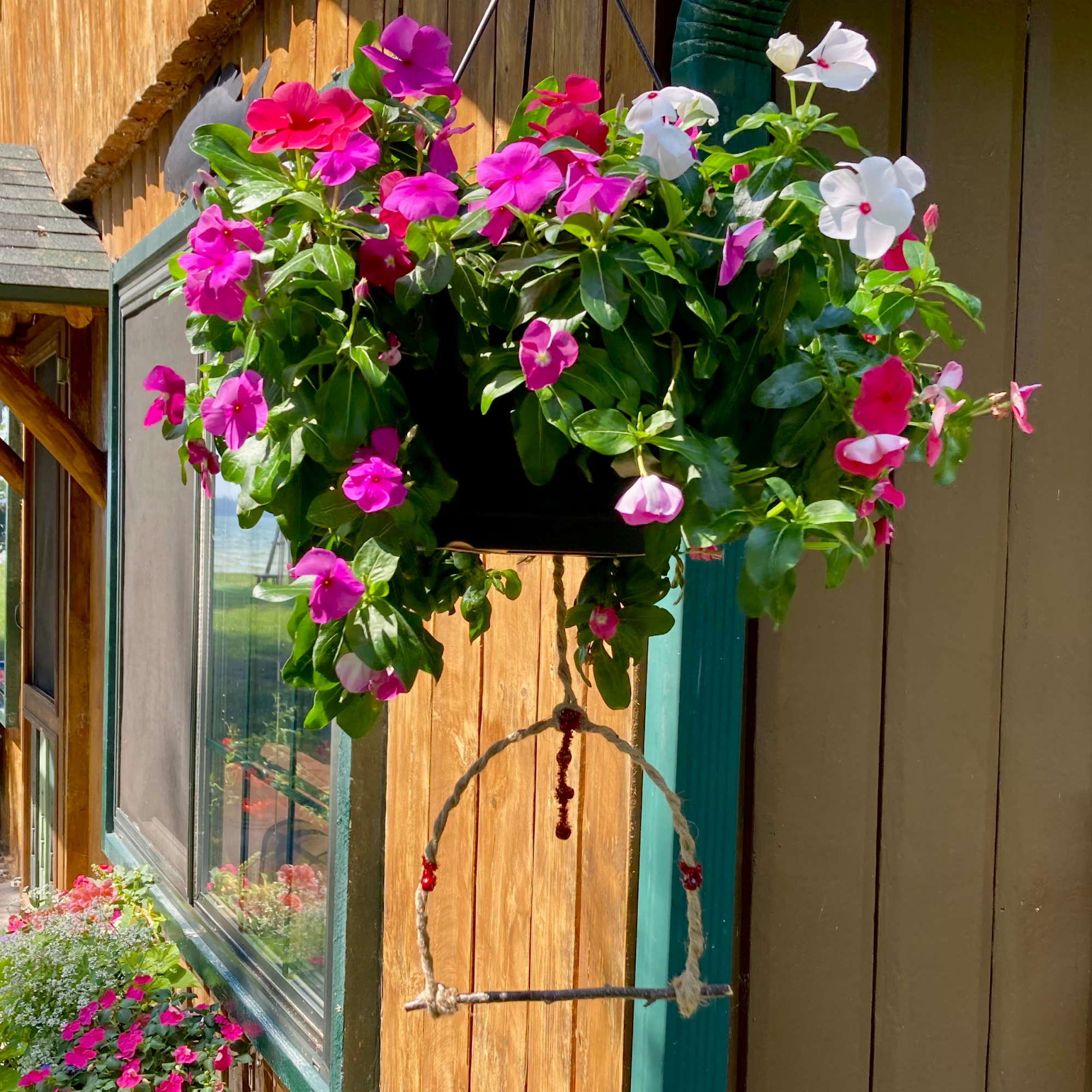
This DIY Hummingbird Swing Is Adorable & So Easy To Make! Here's How To Give Migrating Birds a Safe Spot To Rest & Relax
Give migrating hummingbirds a safe spot to rest and refuel on their 4,000 mile journey. This easy DIY hummingbird swing is just what they need!
By Laura Walters
-
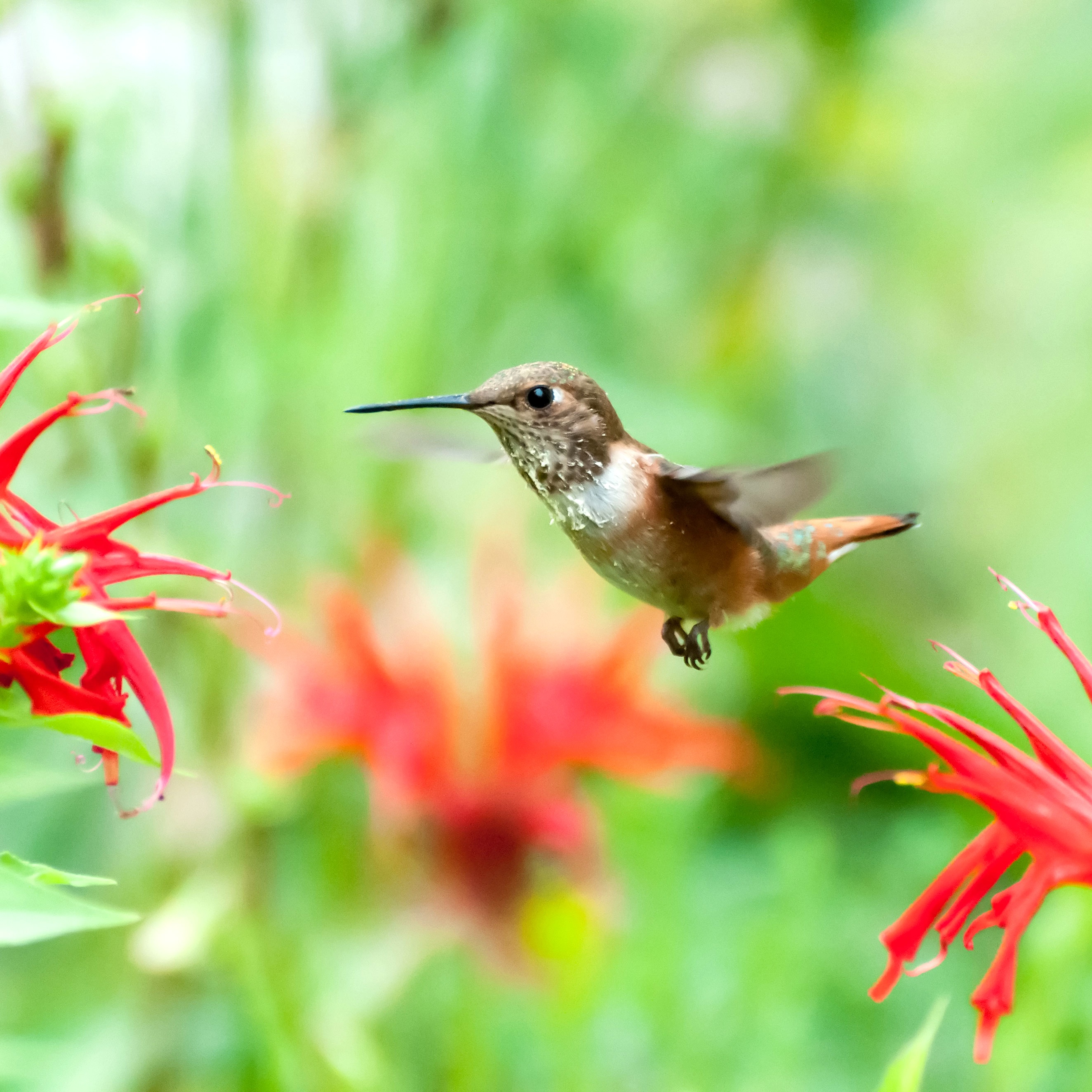
The Great Hummingbird Migration Is Here – Discover 5 Key Ways to Help Them On Their 4,000-Mile Journey
From late August, intrepid hummingbirds will travel from Alaska to Mexico. Find out how you can support migrating hummingbirds on their fascinating journey
By Tonya Barnett
-
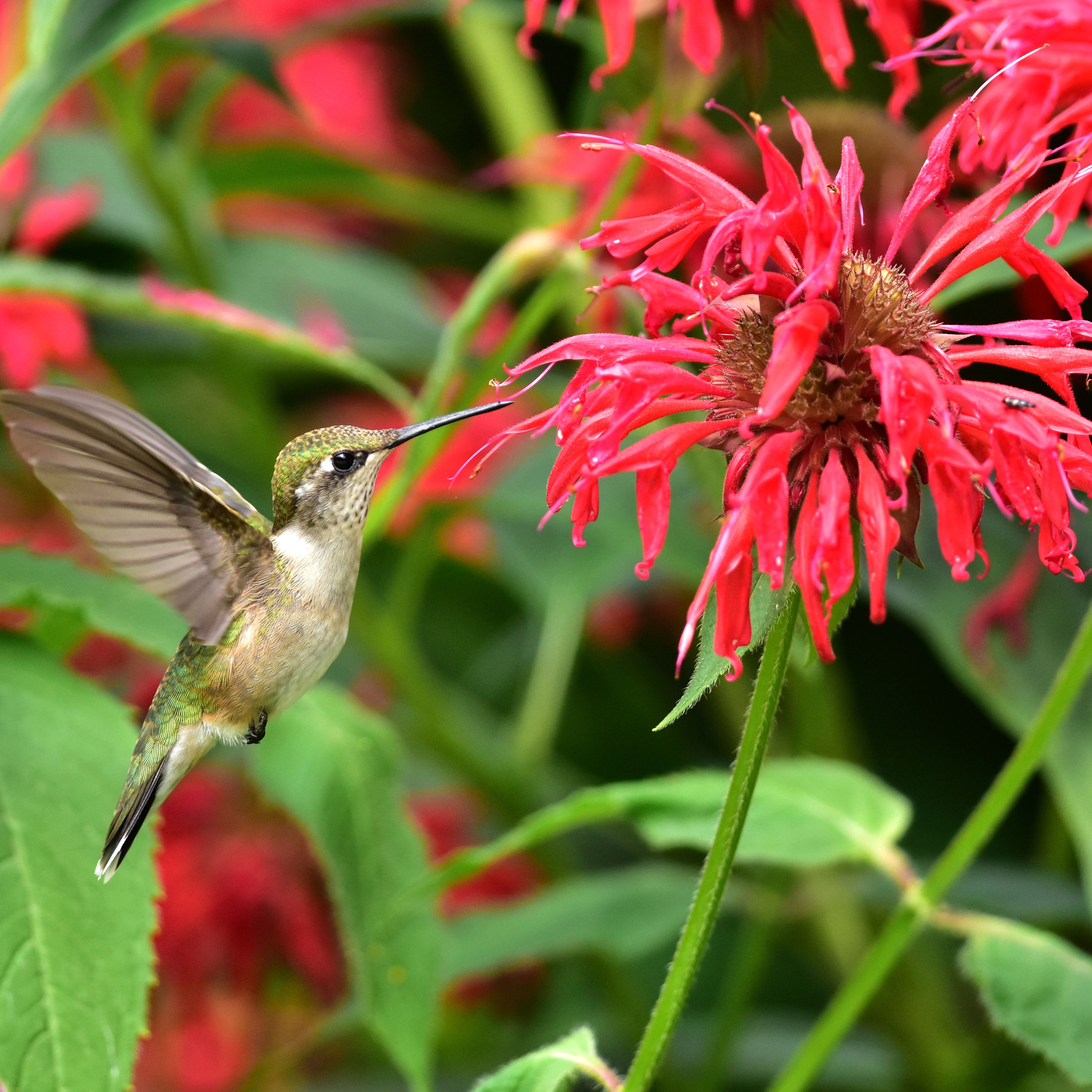
Don’t Deadhead These 3 Plants If You Want To Help Migrating Hummingbirds In Late Summer
If you want to nourish and sustain migrating hummingbirds in late summer and fall, don’t deadhead these 3 plants – help to provide a special food source for hummers in transit
By Janey Goulding
-
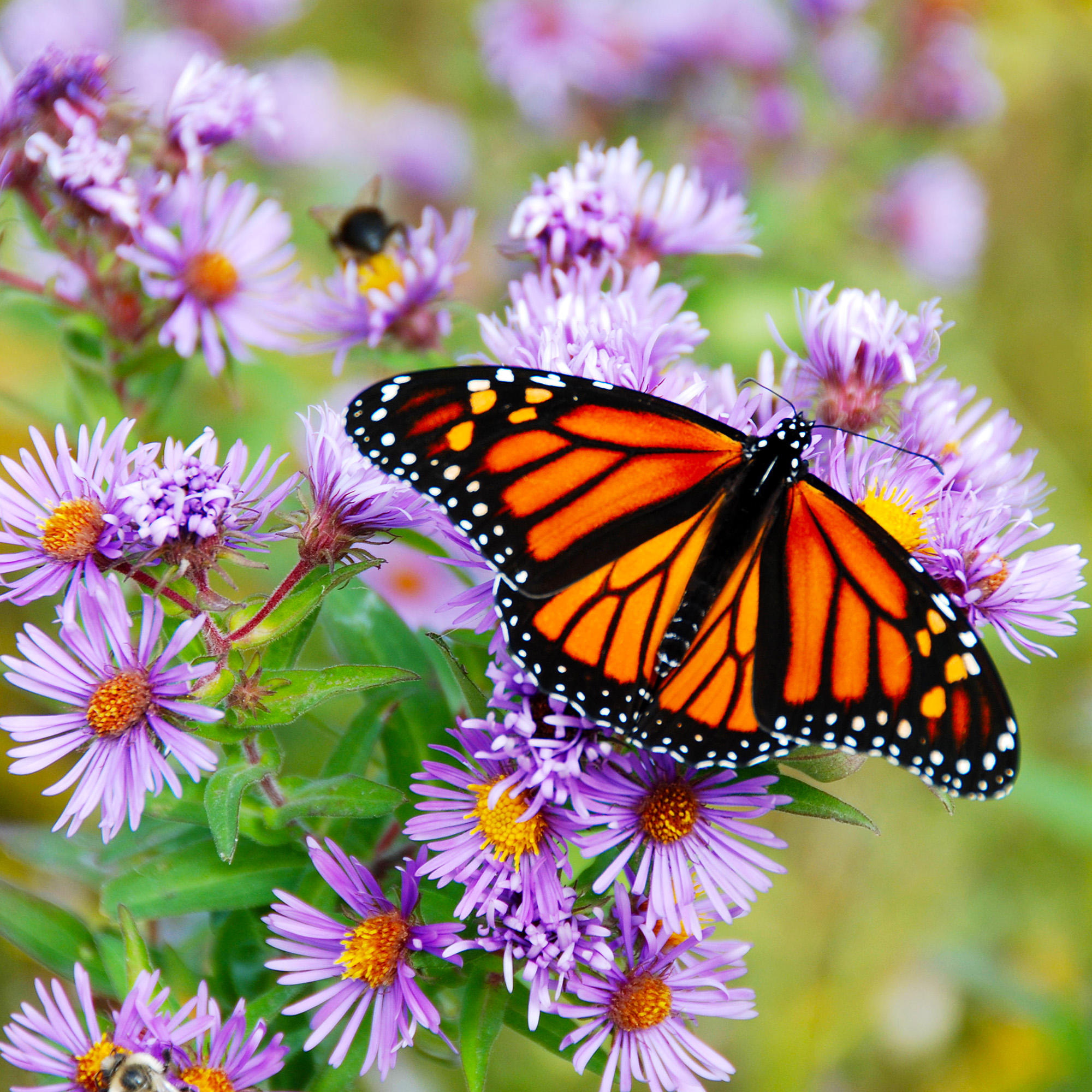
These 8 Enchanting Perennials Attract Pollinators Year After Year – and Gardeners Love Them Too
Create a vibrant garden filled with easy-going perennials for pollinators that attract bees, butterflies, and hummingbirds, and return stronger every year.
By Teo Spengler
-
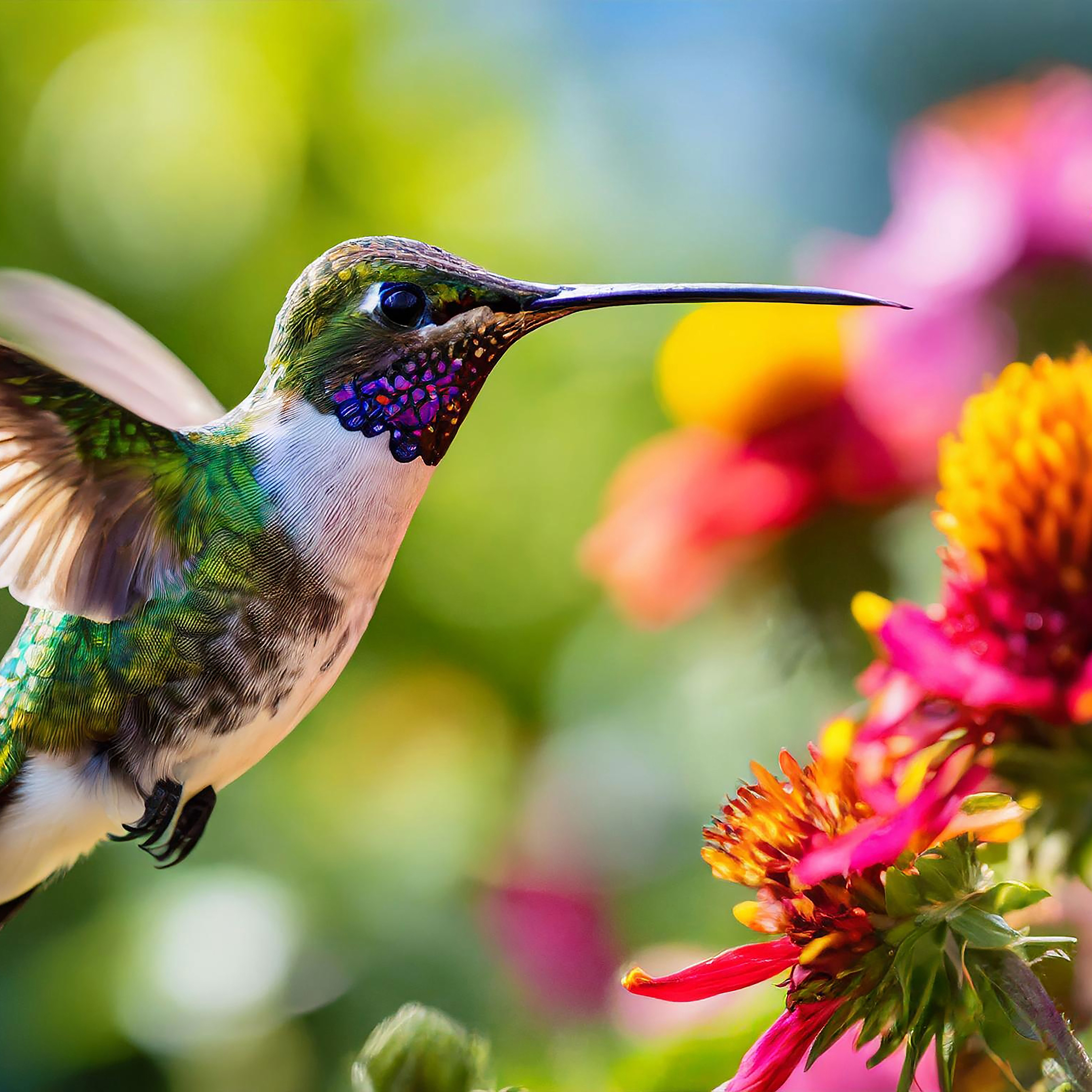
Hummingbirds Flock to These Two Self-Seeding Flowers That Bloom From Summer Through Fall – They’re the Perfect Pair
Fill your garden beds and pots with these prolific bloomers that provide a feast for visiting hummingbirds – and for the senses.
By Melanie Griffiths
-
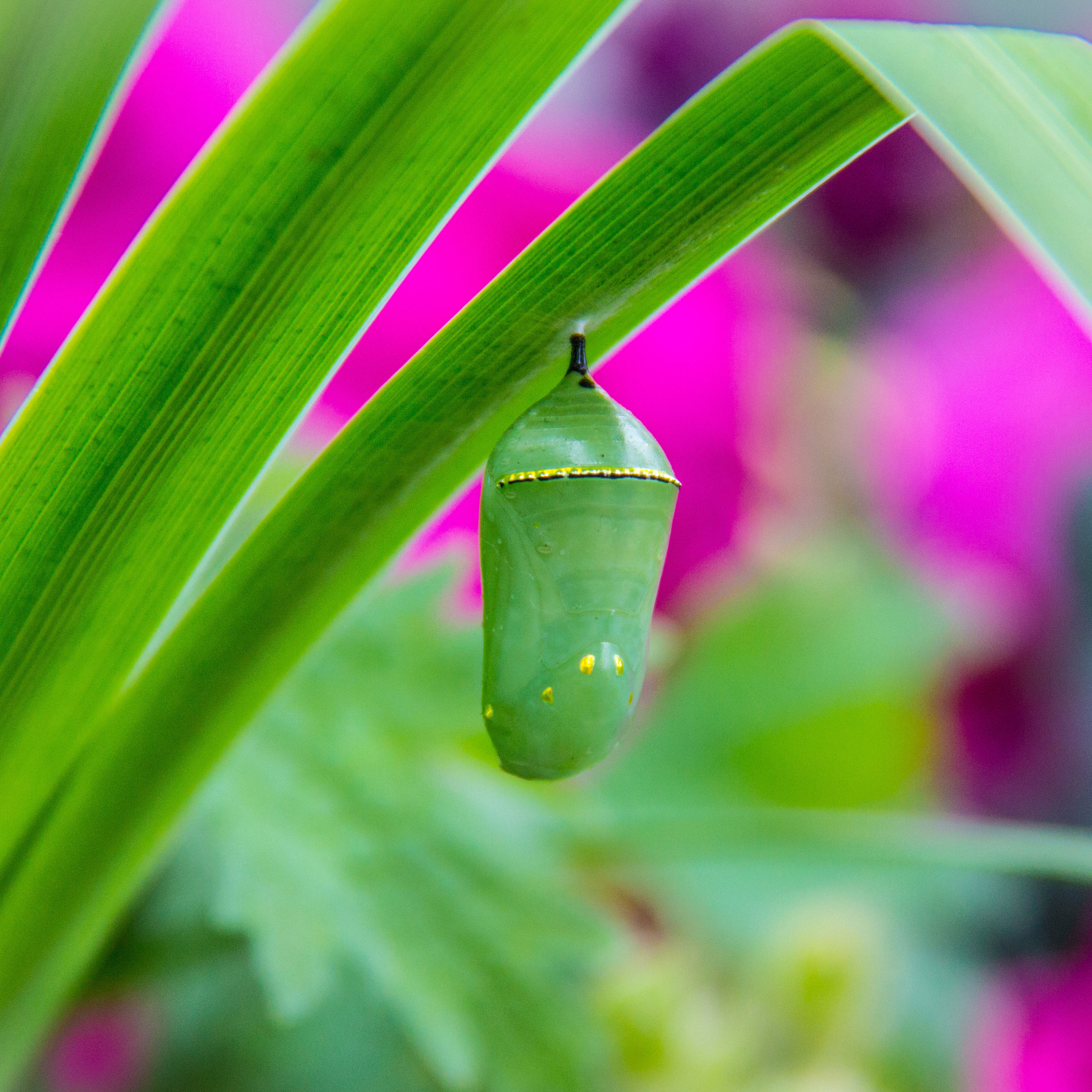
What Do You Do If You See A Chrysalis In Your Yard? How To Move A Chrysalis Or Cocoon – And When To Leave It Alone
If you see a chrysalis in a precarious part of the garden, what do you do? Here we explain when and how to move a chrysalis to ensure your winged guest emerges safely
By Amy Grant
-
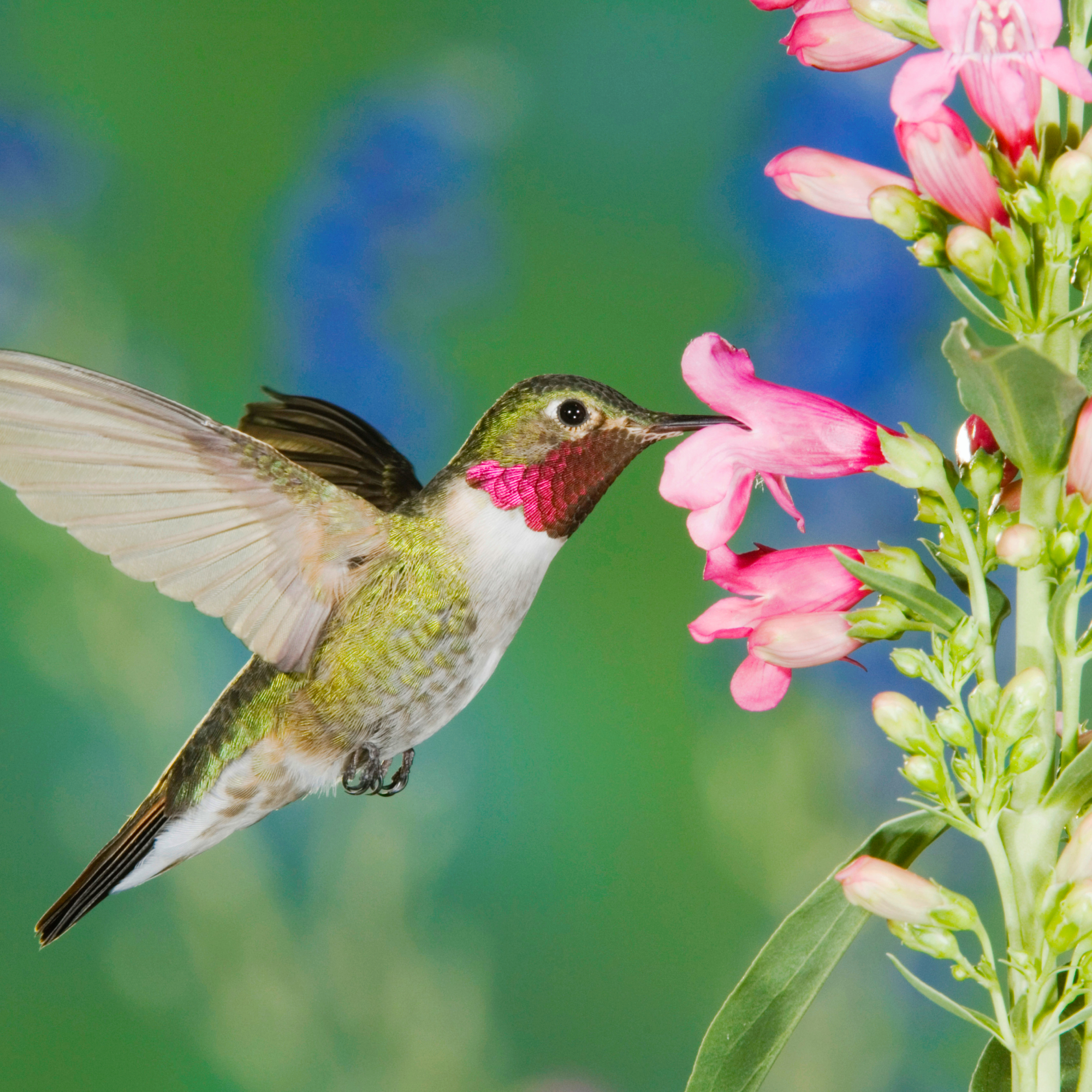
Hummingbirds Can’t Get Enough Of These 6 Low-Maintenance Perennials – And Lazy Gardeners Love Them, Too!
Hummingbirds can't resist these 6 stunning plants—and neither can gardeners! Discover the best low-maintenance perennials that attract hummingbirds.
By Amy Grant

